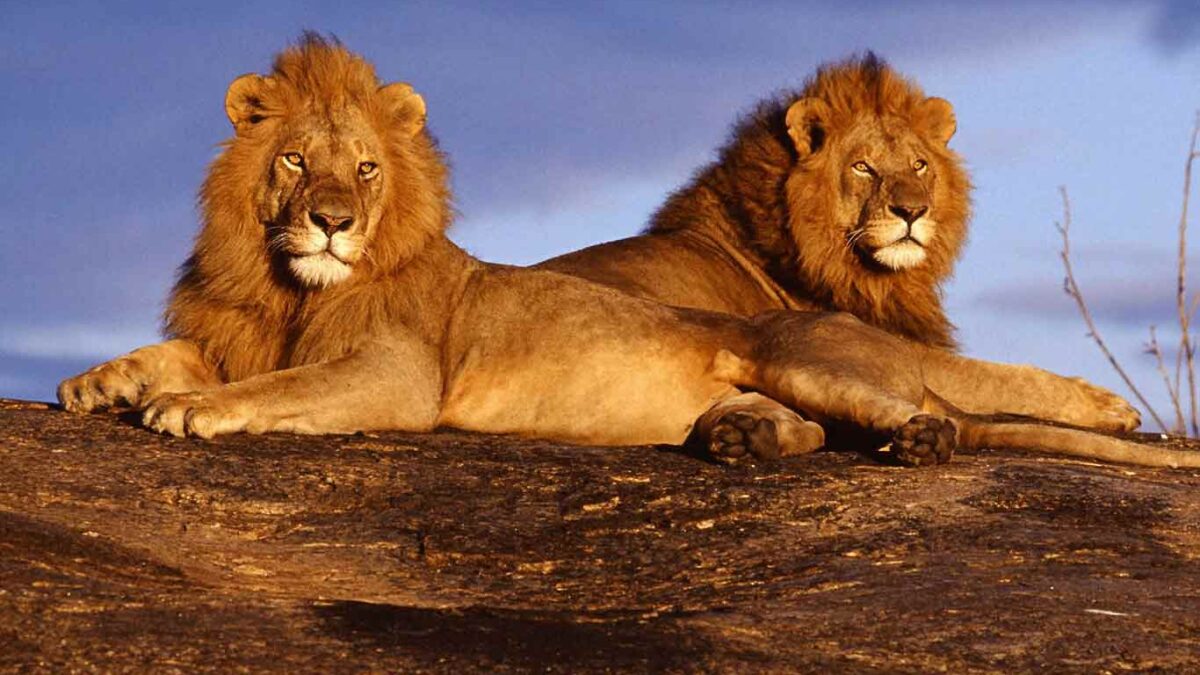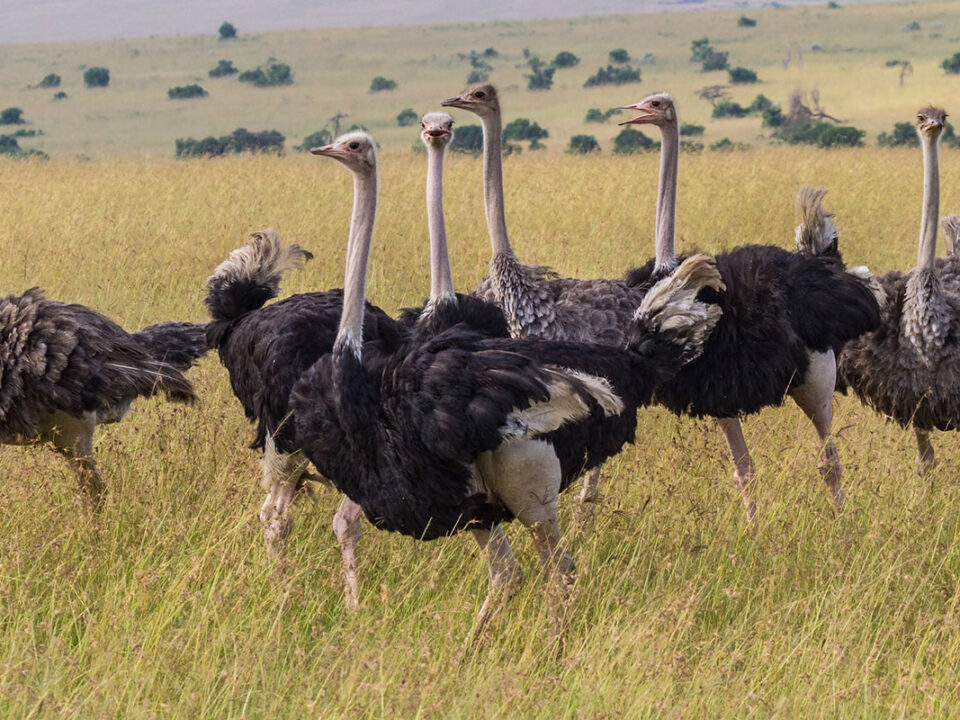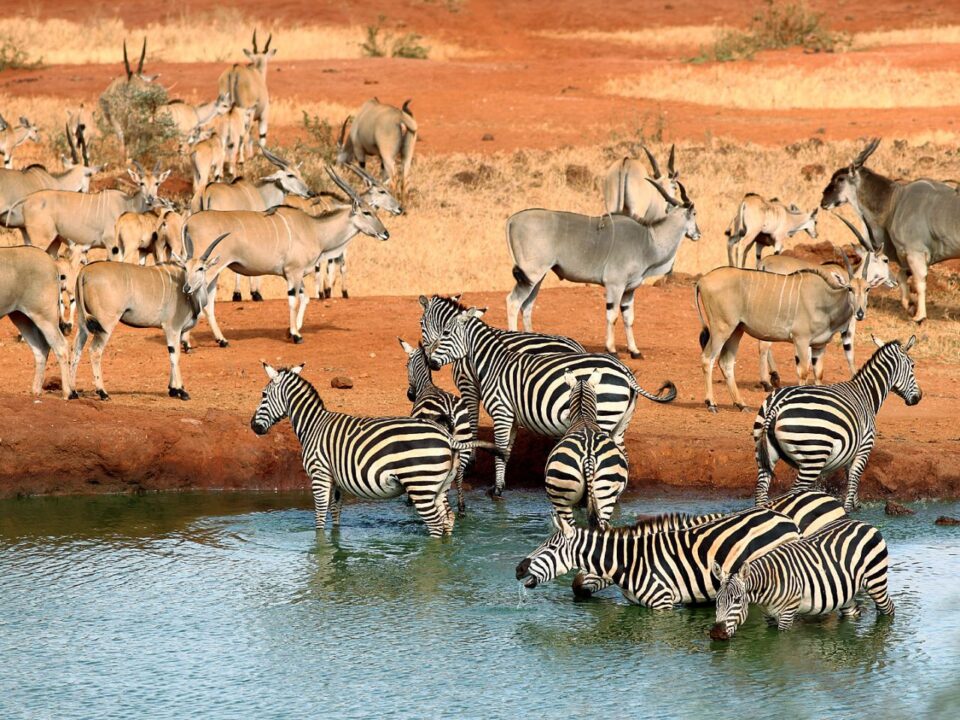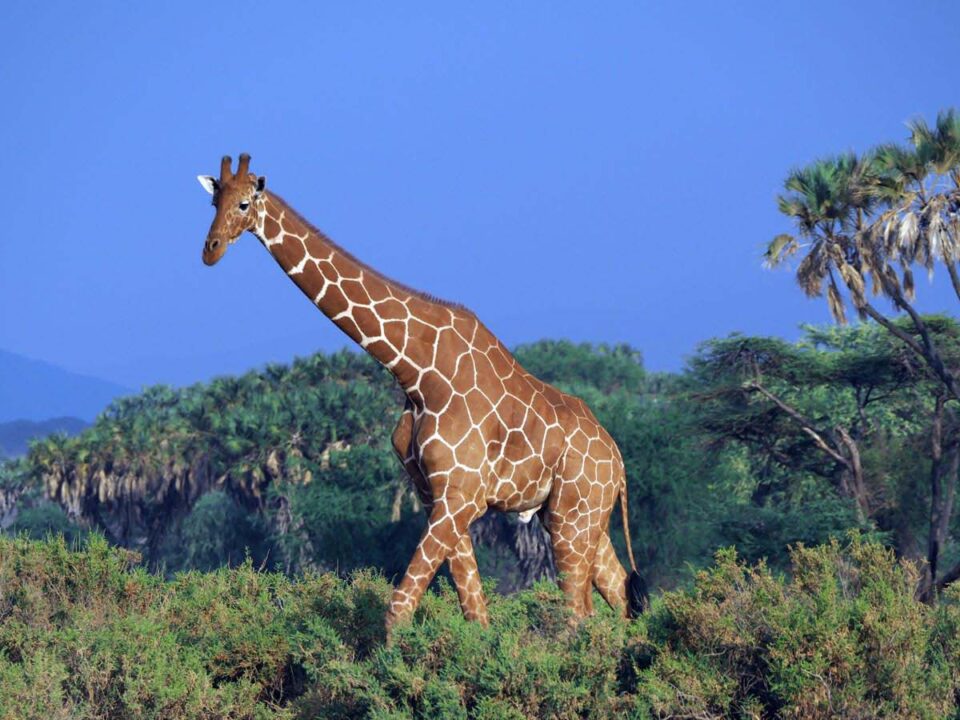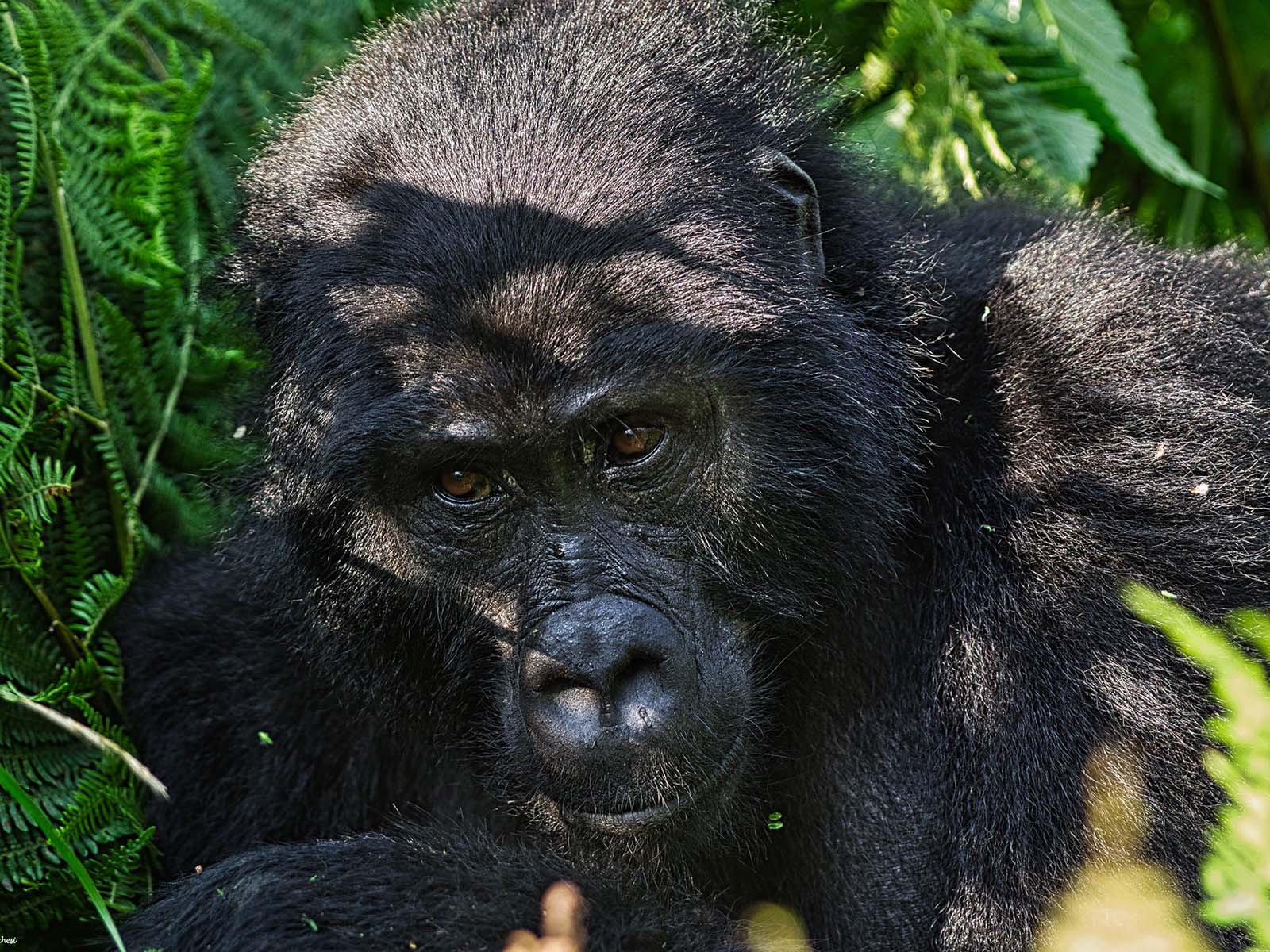
Nkuringo Gorilla Fly-in Safaris
November 16, 2023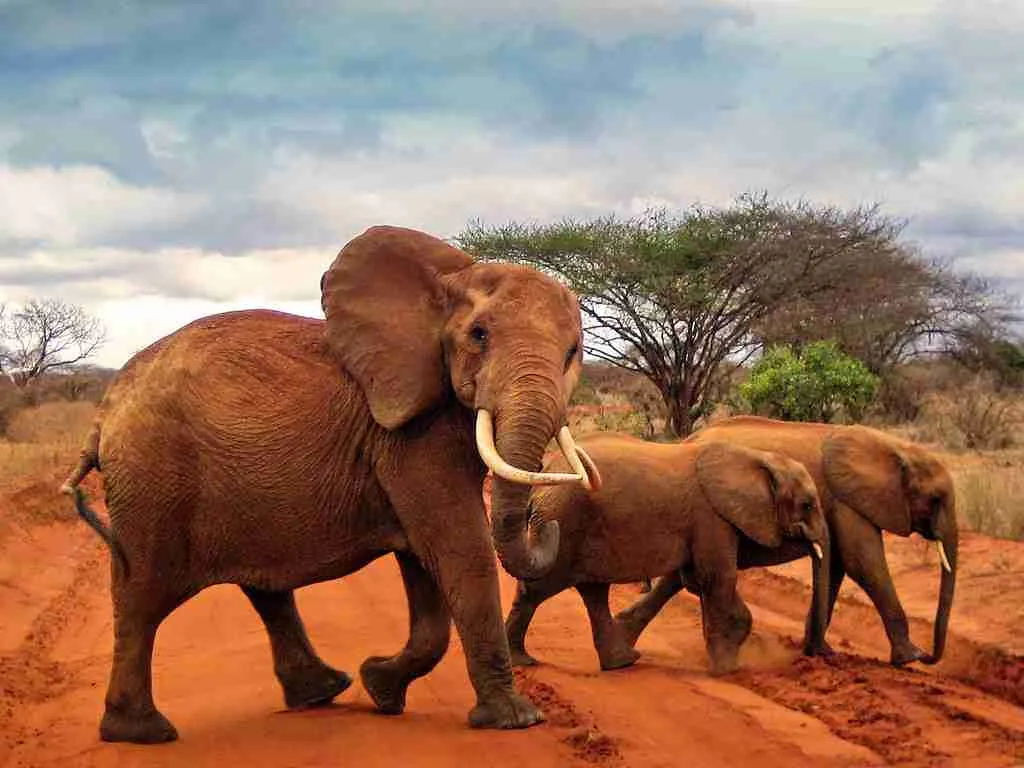
Tsavo East National Park in Kenya
November 16, 2023Tsavo West National Park, Kenya – Unveiling the Wonders of Lava, Springs, Enigmatic Man-Eaters, and Mesmerizing Sunsets
Explore the captivating Tsavo West National Park, aptly named the “Land of Lava, Springs, Man-Eaters & Magical Sunsets.” This extraordinary park showcases diverse landscapes, from the impressive Mzima Springs, where fifty million gallons of crystal clear water surge from parched lava rock, to the Shetani lava flows, forming a stunningly rugged wilderness.
The savannah ecosystem within Tsavo West encompasses open grasslands, scrublands, Acacia woodlands, riverine vegetation belts, and rocky ridges, including the Poacher’s Lookout offering panoramic views of teeming herds in the plains below. Renowned for spectacular game viewing, Tsavo West boasts a wealth of wildlife, including elephants, rhinos, hippos, lions, cheetahs, leopards, buffalos, and diverse plant and bird species, such as the threatened corncrake and near-threatened Basra Reed Warbler.
General National Park Information:
Tsavo West National Park, Kenya’s largest wildlife stronghold, features a mosaic of habitats, including open plains, savannah bush, semi-desert scrub, acacia woodlands, rocky ridges, outcrops, riverine vegetation belts, palm thickets, and mountain forest in the Chyulu Hills extension area. The park is watered by two permanent rivers, the Tsavo River and the Athi River, uniting to form the Galana River above Lugard Falls. Noteworthy lava flows and cones, like Shetani near Kilaguni Lodge, highlight the volcanic zone, housing the famed Mzima Springs, where hippos and shoals of Barbel provide a captivating spectacle.
Witness another natural marvel at Mudanda Rock, a 112km-long outcrop creating a natural dam. During the dry season, hundreds of elephants gather to drink and bathe, offering an enchanting spectacle. The Lugard Falls on the Galana River, with their water-worn rocks, provide a unique visual feast. Elephants, in large herds, are a major attraction, and Kilaguni Lodge’s veranda serves as an ideal vantage point for effortless game watching.
Birds of Tsavo West National Park:
Home to over 400 bird species, Tsavo West National Park boasts an array of avian wonders, including the White-headed Buffalo Weaver, Eastern black-headed oriole, Golden palm weaver, Pied kingfisher, magpie manikin, ortolan bunting, savi’s warbler, isabline shrike, Eurasian sparrow hawk, Levant sparrow hawk, Bat-like spine tail, Verraux’s eagle owl, and vulturine guineafowl.
Wildlife of Tsavo West National Park:
Tsavo is a habitat for the graceful Lesser Kudu, along with Buffalo, Common Waterbuck, Eland, Gerenuk, Fringe-eared Oryx, Impala, Masai Giraffe, and sporadic sightings of the elusive Black Rhinoceros.
How to Get to Tsavo West National Park, Kenya:
By Road:
- Access via Mtito Andei gate (233km south of Nairobi and 250km north of Mombasa on the Nairobi-Mombasa highway).
- Voi main gate (153km from Mombasa-Nairobi highway, accessible from Malindi via Sala gate).
- Taveta road through Maktau, Ziwani, and Jipe.
By Air:
Tsavo West National Park features multiple Airstrips, including Voi, Aruba, Satao, Sala, Ithumba, Sangayaya, Mopeo, Bachuma, and Cattar. Tsavo gate, Ziwani, Finch Hattons, Kamboyo, Kilaguni, Jipe, and Kasigau are among the airstrip locations.
Where to Stay in Tsavo West National Park:
- Finch Hatton’s
- Kilaguni Lodge
- Ngulia Safari Lodge
- Salt Lick Lodge
- Voyager Ziwani Tented Camp
Best Time to Visit Tsavo West National Park:
May to October is the optimal period to visit Tsavo East and West National Park in Kenya. During this time, wildlife is more visible around waterholes, enhancing the overall safari experience in the vast national park habitat.

